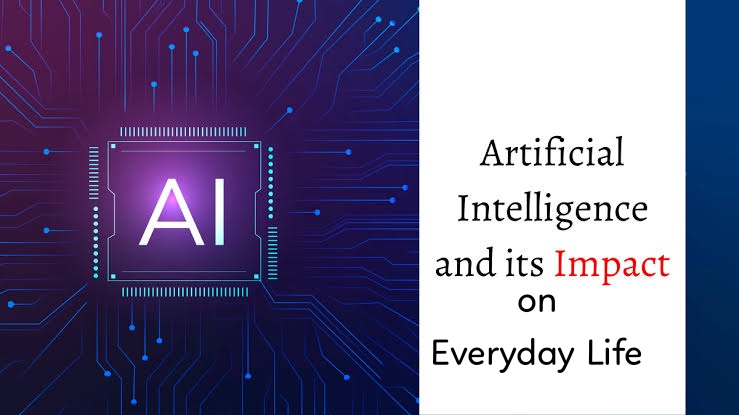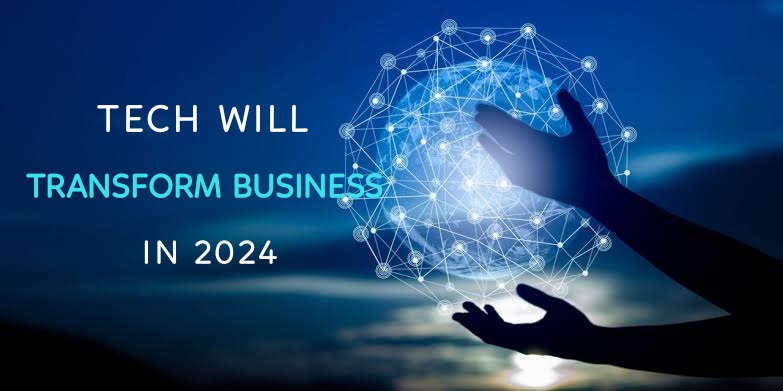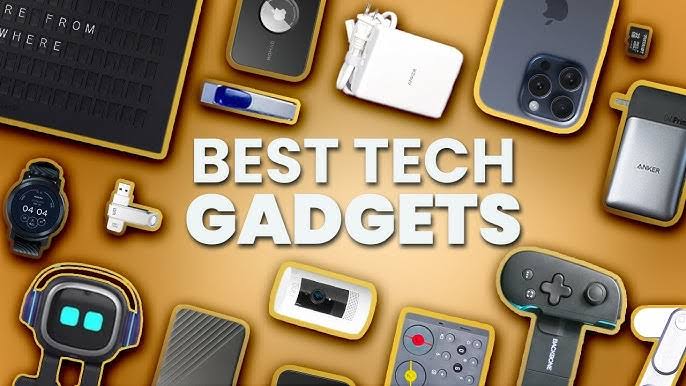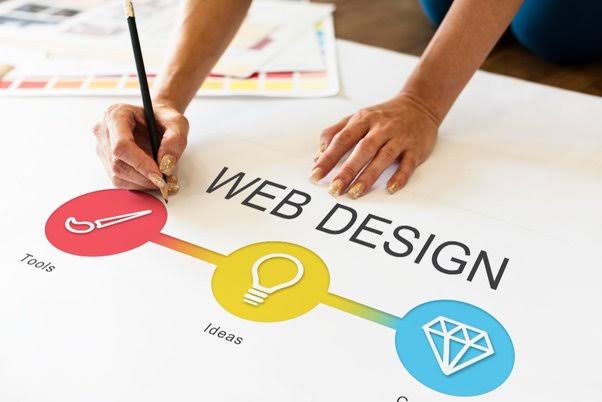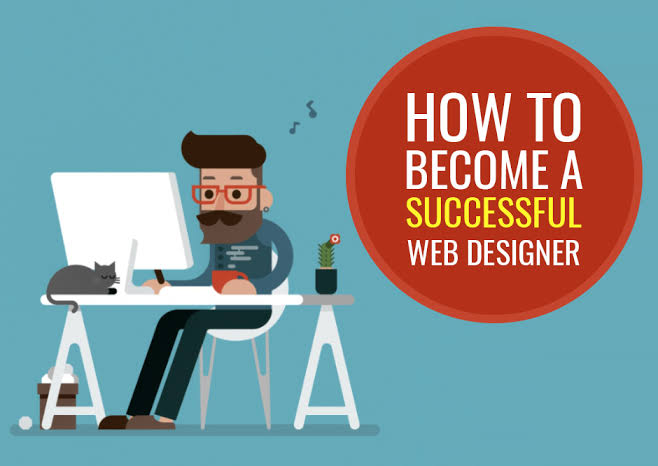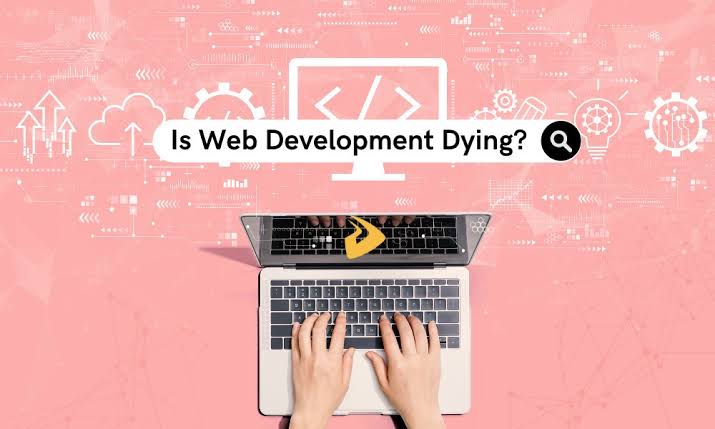
In an era where digital presence is paramount, the future in web design holds significant importance. As technology advances at a rapid rate, so does the expectations of users. Therefore, to stay ahead in the digital race, businesses must adapt to emerging trends. Additionally, they must key into upcoming innovative approaches in web design.
Without further ado, let’s delve into what lies ahead for the future of web design.
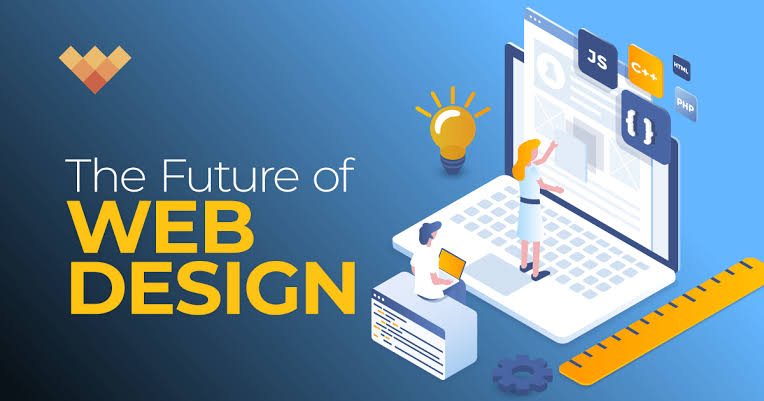
Responsive Design
Responsive design isn’t just a trend; it has come to stay and it is a necessity for the future in web design. With the ever-increasing variety of devices used to access the internet, websites must seamlessly adapt to different screen sizes and resolutions. The future of web design hinges on creating experiences that are consistent and user-friendly across all platforms.
AI Integration
Artificial intelligence (AI) is revolutionizing the way websites interact with users. From chatbots providing prompt assistance to algorithms delivering personalized content recommendations. Generally, AI integration is set to become a cornerstone of the future of web design. Besides, by analyzing user behaviour and preferences, AI-powered websites offer tailored experiences that enhance engagement and satisfaction.
Immersive Technologies
The future of web design is set to be immersive, with technologies like virtual reality (VR) and augmented reality (AR) taking centre stage. These technologies offer opportunities for creating interactive and memorable experiences that transcend traditional web interfaces. From virtual showrooms to reality product demos, the possibilities are endless for businesses looking to differentiate themselves in the digital landscape.
Voice User Interface (VUI)
Now that voice-controlled devices like smart speakers and virtual assistants have become a thing, the future of web design will see a shift towards voice user interfaces (VUI).
Now, websites will need to optimize for voice search and navigation, providing users with seamless interactions through natural language commands.
Besides, embracing VUI will be crucial for staying relevant and accessible in an increasingly voice-centric world.
Minimalism and Micro Interactions
The world today is shifting towards minimalism, and this will continue to be a dominant aesthetic even in web design.
Now, with clean layouts and simple yet impactful visuals, your website can stand out amongst others.
However, alongside minimalism, micro-interactions will play a significant role in enhancing user engagement. These subtle animations and feedback mechanisms add depth and personality to websites, making interactions more intuitive and enjoyable for users.
Accessibility and Inclusivity
In the future, accessibility and inclusivity will be non-negotiable principles. Therefore, websites must be designed to accommodate users of all abilities, ensuring equal access to information and services. This includes implementing proper colour contrast for visually impaired users and optimizing for screen readers. This will not only enhance user experience but also demonstrate a commitment to social responsibility.
Conclusion
The future of web design is an exciting frontier characterized by innovation and evolution.
As the digital landscape continues to evolve, staying adaptable and forward-thinking will be key to success in the ever-changing world of web design.






